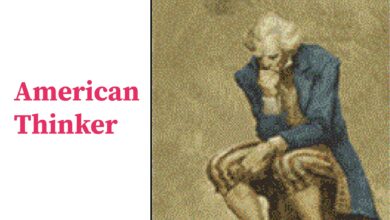Guatemala Flag | Meaning, History, Colors & Symbols

The Guatemala Flag, known as “La Azul y Blanco,” is a national symbol that represents the country’s deep-rooted history and cultural identity. The simplicity of its design belies the profound meaning behind its colors and the symbols featured in the coat of arms. Let’s dive into the history, symbolism, and meaning of this significant emblem.
Meaning of the Colors
Pabellón de Guatemala The Guatemalan flag has three vertical stripes, sky blue at the edges and a white stripe in the middle. These colors all have a specific meaning which stands for the geography of this country depending on that and many beliefs such as:
Sky Blue: The sky blue stripes symbolize the location of Guatemala between Pacific Ocean and the Caribbean sea. True to a sense of liberation and space, the thread also signifies how above the land, blue shows sky. Before, it’s been the case that blue was a reference to the Federal Republic of Central America, which included Guatemala.
Blanco: The franja blanca or central white stripe of the flag symbolizes peace and purity, emphasizing Guatemala’s freedom to come together without bias inside its borders and also with other nations. White is the colour of innocence, too and of calm, a link to the national motto for this vibrant land.
History of the Guatemalan Flag
The Guatemala flag originated in the early 19th century when Guatemala was part of the short-lived Federal Republic of Central America. The original design, with horizontal blue and white stripes, was symbolic of Guatemala’s regional representation and its connection to American unity. After Guatemala broke away from the federation, the flag underwent several modifications to reflect the new nation’s independence.
In 1851, during a period of Spanish influence, red and yellow were introduced. However, the modern flag, with vertical blue and white stripes and a new coat of arms, was adopted on August 17, 1871, symbolizing Guatemala’s distinct identity.
The Coat of Arms
A detail of the flag that is unquestionably more complex occurs in its central element, as presented by the coat of arms located on the white stripe. The coat of arms comes in two colors:
Resplendent Quetzal: The most important aspect of the Family Emblem is a quetzal, green bird with astonishing feathers, and which is the national bird of Guatemala. It is the bird that symbolizes liberty and independence because madness claims that it cannot live in captivity.
Scroll: Beneath the quetzal, a scroll bears the inscription “Libertad 15 de Septiembre de 1821” (Spanish: Freedom September 15, 1821), the date in which Guatemala became an independent nation from Spain. It represents the free heart and soul of the country.
Crossed Rifles and Sword: The rifles and swords represent a symbol for the defense of Guatemalan soil. The crossed rifles are for the readiness to fight for your country if you needed to and the swords mean honor and pride.
Laurel Wreath: A laurel wreath encloses all the images, symbolizing triumph and victory. This 2nd element underlines the aspirations of Guatemalan of further prosperity and growth as a nation.
Symbolism in the Flag’s Design
The Guatemalan Flag, A Symbol of Unity and Independence. The colors and the coat of arms tell a tale of its beauty and cherished freedom. Unlike the original flag’s horizontal stripes, Guatemala’s new flag adopts vertical stripes, distinguishing it from other Central American nations while reinforcing its unique identity.
Symbols such as the quetzal, which cannot be held in captivity, reflect Guatemala’s fierce independence. The inclusion of rifles and swords in the coat of arms serves as a reminder that freedom one of humanity’s core principles often comes at a cost. The laurel wreath, however, symbolizes hope for a future where all wars, at least metaphorically, come to an end.
The Bottom Line
The flag of Guatemala is much more than a decorative emblem; it stands as a testament to the nation’s history, marked by struggles and the pursuit of peace and independence. Its intricate coat of arms, set against a field of blue and white, reflects the values and aspirations of the country. Whether waving proudly on national holidays or positioned before government buildings, the flag serves as a constant reminder of Guatemala’s enduring journey from colonial rule to becoming a proud, independent nation.




